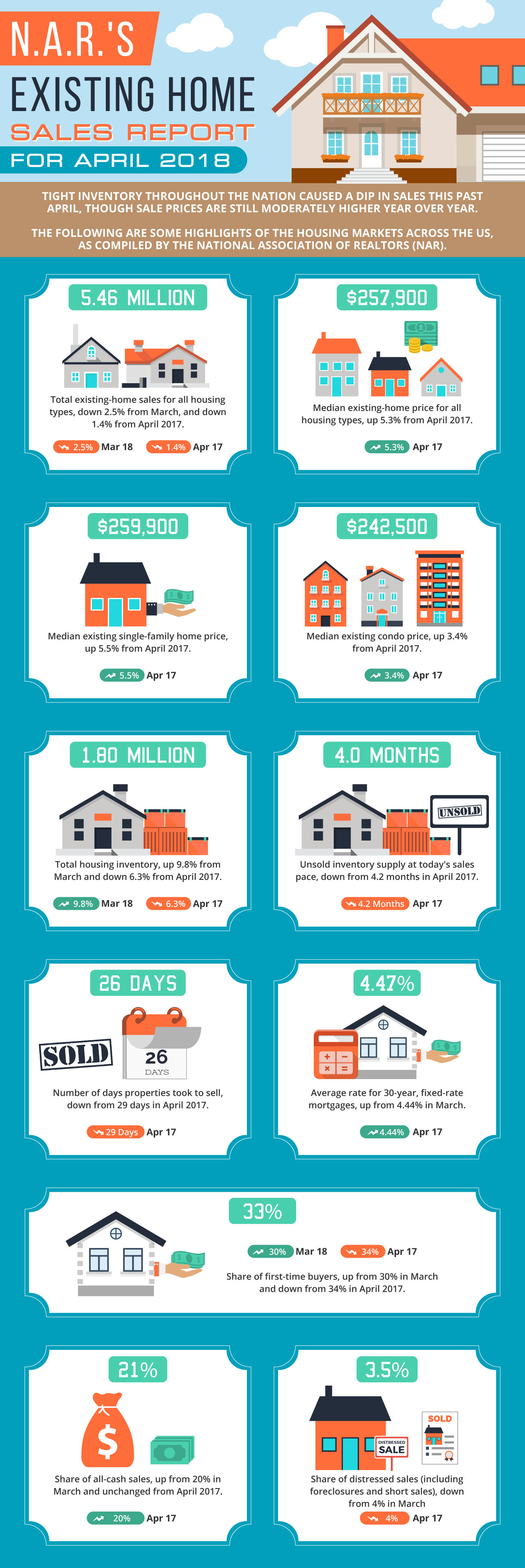SALE PENDING: 4194 Colgate Way, Livermore, CA 94550
/in Uncategorised /by admin
$999,000
4 beds 3 baths 2,216 SqFt
Beautifully remodeled home with a gorgeous back yard!! Open and flowing single story floor plan with very tasteful and quality appointments. Wonderful granite kitchen with stainless steel appliances and cabinetry done in a rich, cherry finish. Lavish baths enhance the beauty of this special home. The large, picturesque back yard is like a vacation paradise for those special times to relax and enjoy. Lovely grounds with a beautiful, sparkling pool, lush lawn, deck and patios. Stroll up a rise to the gazebo with views as well! Be sure not to miss this smashing home!
7 Signs There’s a Problem With Your Home’s Crawl Space
/in Uncategorised /by admin
Aside from storing a bunch of your belongings, you probably don’t give your crawl space much thought. But while you might not actually spend any time down there, your crawl space is still an important part of your home that requires some level of attention. Just like any other part of your home, issues can arise in the crawl space which might warrant some repair. But the only way you’re going to know there’s a problem is if you pay attention to the warning signs.
Here are some red flags that there may be a problem in your home’s crawl space.
1. Foul Odors
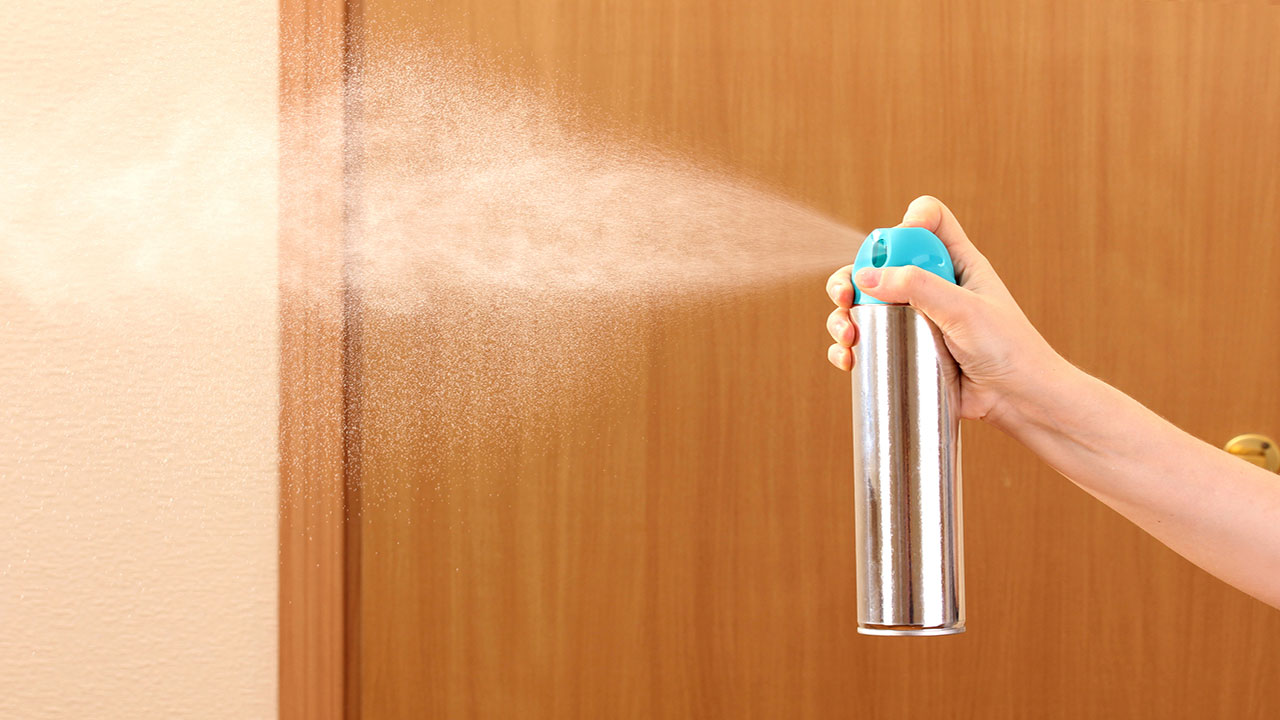
Any time you detect a bad smell anywhere in the home, this warrants further investigation. More specifically, crawl spaces that have a foul “musty” odor might have some sort of moisture problem that you might need to look deeper into.
The smell could also be a result of something decaying down there, whether it’s dead rodents or something else rotting. While this might not sound very pleasant, any bad smells coming from your crawl space should be looked into further. It probably won’t go away on its own, so the sooner you look into it, the better.
2. Cold Floors
If certain floors in your home are colder than others, it may be the crawl space to blame. Warm air rises in a home, which explains why lower levels are typically cooler than upper levels. The warm air that rises is replaced by air being pulled in at the crawl space.
If this particular area is not properly insulated or ventilated, the air that gets pulled in might be cooler than it should be. This issue is more common in northern parts of the state where temperatures tend to dip and isn’t commonly seen in Southern California.
3. Standing Water
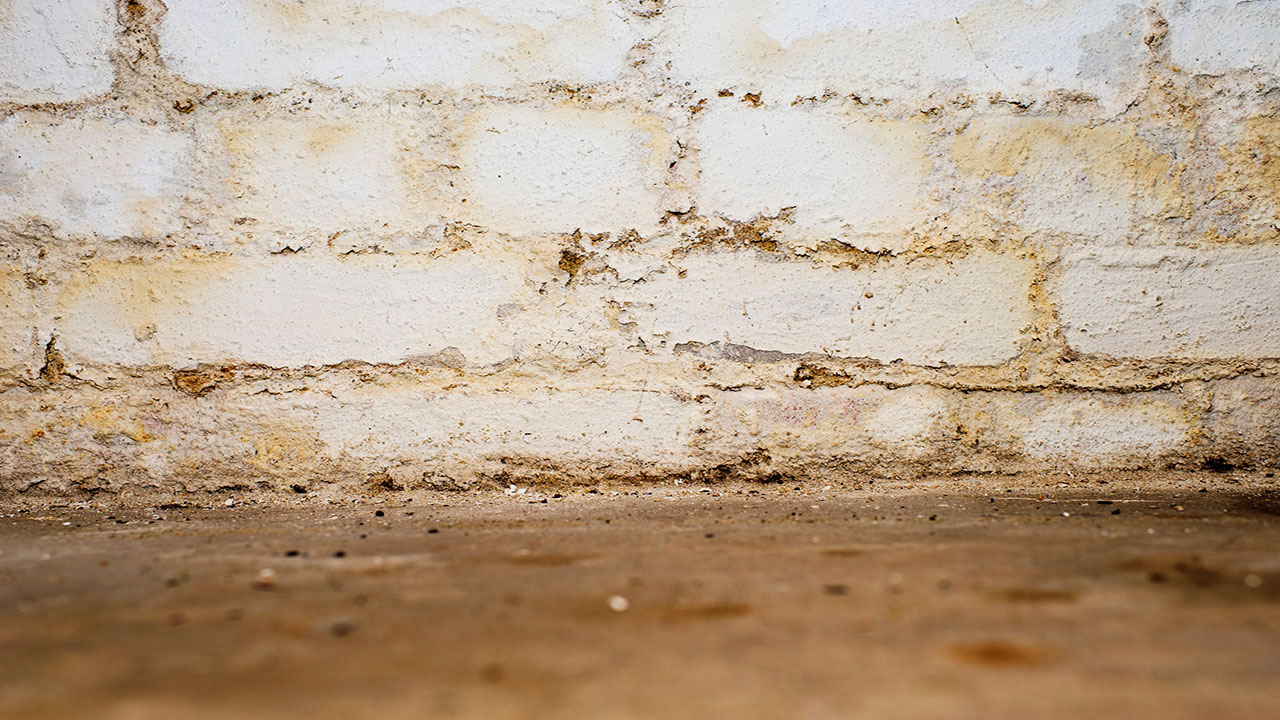
Any amount of water that is sitting on top of the floor in the crawl space should absolutely be dealt with right away. All that water – no matter how little – can cause mold, not to mention cause damage to the floor and walls as well as any belongings you might have stored down there.
Many times, standing water is a result of leaky pipes or poor drainage, which will need to be addressed by a professional. If the issue isn’t rectified, you could be dealing with more cases of standing water in the basement, which will just cause you more headaches, time, and money to deal with.
4. Sagging Floors
If you notice that the floors in the crawl space are sagging, there may be an issue with the floor joists underneath. Whether it’s because the load on top is just too much for the joists or they are old and weak, you might need to have the joists repaired in order to avoid any future issues.
In addition, you might even notice some sloping of the floors in the crawl space. If that’s the case, there is likely an issue with the foundation of your home, in which case you will need the help of a structural engineer or other professional to prevent the issue from getting any worse.
5. High Humidity

Have you noticed your home’s interior is a little more humid than normal, despite running your A/C? If so, go down to your crawl space to see what the humidity levels are like down there as well. Most likely, the humidity will be even worse, which could be a sign that there is a high level of moisture building up.
This can lead to further issues, including condensation on your windows and pipes, peeling wallpaper, musty smells, and even mold and mildew. Any abnormally high levels of humidity in the crawl space and the rest of your home will need to be addressed.
6. Higher-Than-Usual Energy Bills
Utility bills are already expensive enough as it is, so when you suddenly notice them spike, you know there’s a problem somewhere in the home. Many times, a jump in energy bills is the result of leaks in windows and doors that allow cooled or heated indoor air to escape, making your HVAC system work harder than it has to and costing you more money in the meantime.
When it comes to your crawl space, the air might not be circulating properly down there, or there may be a high humidity issue that is making your HVAC run into overdrive to deal with the problem. Or, the insulation in the crawl space may be inadequate, which could also be contributing to an inefficient HVAC system. Regardless, the fact that your HVAC system is working harder will inevitably translate into higher energy bills.
7. Mold
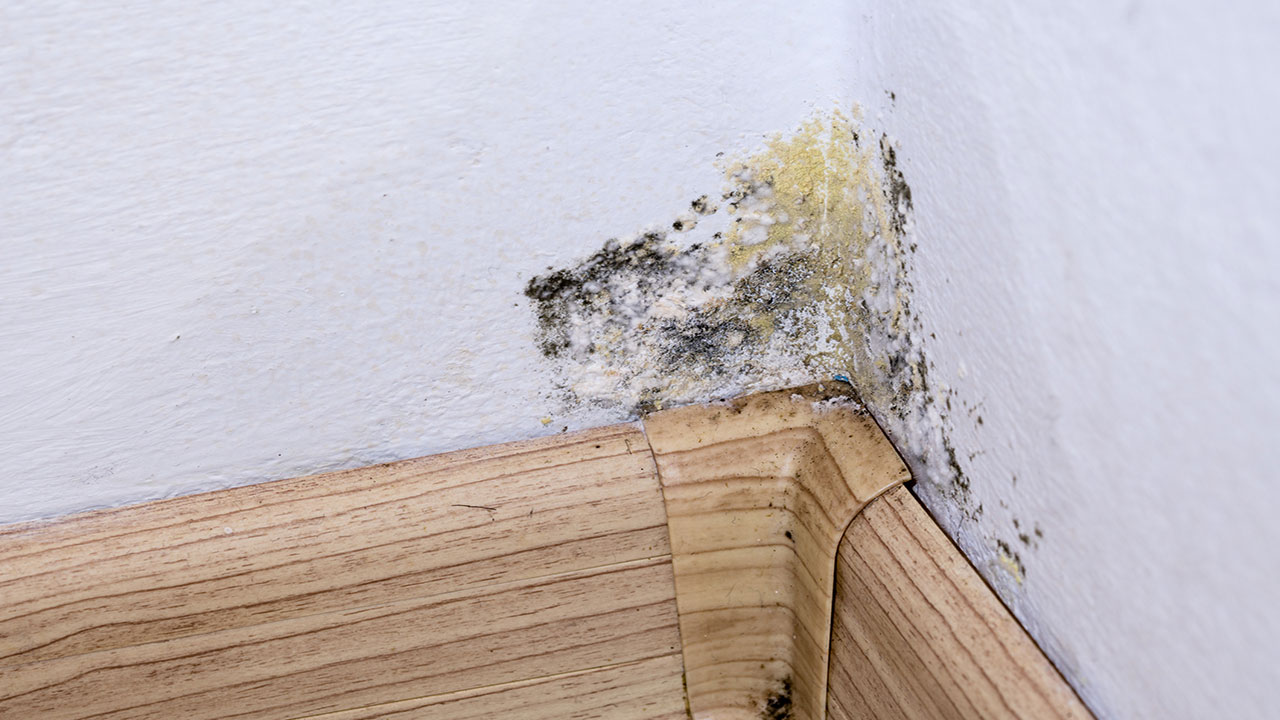
If you actually see physical mold anywhere in your crawl space, you’ve got a problem. Mold should never be left alone to fester and grow, as it can cause a serious health hazard in the home when left for all occupants to breathe in over the long haul.
Don’t try to get rid of the mold yourself if you happen to notice it in your home, as this can just end up making things a lot worse. Instead, you will need to contact the professionals to identify the exact type of mold that’s present and eliminate it safely and effectively.
The Bottom Line
Don’t ignore your crawl space, even if you hardly ever go down there. Paying attention to issues in this seemingly unimportant area can have a direct effect on the rest of your home, so you’ll want to address any issues as soon as you notice them. The sooner you can deal with any problems, the lower the odds of them becoming a major issue.
How to Finally Get Rid of Your PMI or FHA Mortgage Insurance
/in Uncategorised /by admin
If you’re planning to apply for a mortgage to help you finance a home purchase, you could get stuck paying mortgage insurance, depending on the type of home loan you take out and your down payment amount.
If it’s a conventional mortgage you’re applying for, you’ll need to come up with at least 20% towards a down payment, or else you will be required to pay Private Mortgage Insurance (PMI) on top of your mortgage payment. The amount you pay is based on a percentage of the initial purchase price of the home.
Fees for PMI range from anywhere between 0.3% and 1.5%, depending on factors such as your down payment amount and credit score. The higher these numbers are, the lower percentage you’ll likely be charged.
If you’re applying for an FHA-backed home loan, you’ll automatically be billed for FHA Mortgage Insurance Premium (MIP), which is an insurance policy that protects lenders if borrowers default on their mortgages. Regardless of the down payment amount, borrowers with an FHA-backed home loan will be responsible for paying MIP.
Since FHA loans come with less stringent lending requirements for borrowers – including a lower down payment amount and lower credit scores for approval – lenders who are eligible to issue them need added protection in the event of mortgage default.
FHA mortgage insurance policies have two separate payments: one is a lump sum that is paid upfront, and another is paid on a monthly basis over the life of the loan.
Regardless of whether you’re paying PMI or FHA MIP, the added fees can make your mortgage more expensive than it has to be. But there may be ways to get rid of that extra payment for good at some point in the future, which will help you keep more money in your pocket every month.
How to Eliminate PMI

Before you can get rid of PMI, you will need to pay down your mortgage to at least 80% or less of the principal amount of the loan. This can be done in a few different ways, including the following:
Pay down your loan – The most obvious way to get to the 80% equity mark is by simply contributing to your mortgage every month until your loan-to-value ratio (LTV) – which is the loan amount relative to the value of the property – is 80% or less. Once you’ve paid off at least 20% of the original loan amount and reached the 80% LTV threshold, you should be eligible to have PMI eliminated.
That said, you will likely have to get in touch with your lender once you’ve reached that 80% mark, as PMI cancellation doesn’t happen automatically until you’ve actually reached 78% of the outstanding principal.
Have the home appraised – The great thing about real estate is that it typically increases in value over time. Many real estate investors have built wealth by simply owning and holding real estate and allowing appreciation to add value. If you believe that your home is worth a lot more than what you paid for it, you may have built up enough equity through appreciation to bring your equity amount to at least 20% of the home’s value.
In this case, you would need to contact your lender to have an appraiser come out and assess the current value of your home. If it is determined that your home has in fact increased in value to the point that you’ve reached 20% equity or more, PMI can be removed.
Refinance your home loan – Another way to remove PMI from your mortgage is to refinance your mortgage. If you can refinance with a new loan that accounts for less than 80% of the value of your home and has a lower interest rate than your original home loan, you may be able to have your PMI dropped from your mortgage. Having said that, you’ll want to ensure that refinancing makes financial sense for you.
Update your property – By taking on certain home improvement projects, you may be able to effectively add equity to your home to make you eligible to have PMI removed. Just be sure to tackle smart projects that will add more value compared to the cost of the improvement. Your real estate agent will be able to help guide you in the right direction.
Automatic cancellation – Lenders are required by law to remove PMI automatically from a borrower’s mortgage if all pertinent criteria are met. When the loan balance drops to 78%, lenders must eliminate PMI as per the Homeowners Protection Act, as long as you stay up-to-date on all your scheduled payments.
How to Eliminate FHA MIP

FHA loans are not eligible for mortgage insurance cancellation. However, there are still ways that you may be able to get out of it, and refinancing is usually the way to go about it.
If your finances are in order and your credit score is high enough, you may be able to refinance out of your original FHA home loan into a conventional mortgage without PMI. Since FHA loans don’t have prepayment penalties for paying these types of loans off early, you won’t have to worry about having to pay an added fee to get out of it. As such, you can refinance whenever you like, as long as you have an LTV of at least 80%.
If you took out your FHA mortgage before June 2013, you can cancel your MIP after five years if you have a 30-year mortgage without the need to refinance. With a 15-year loan, there’s no minimum. In this case, you need to have at least 22% equity in your home and have been on time with all of your payments.
The Bottom Line
Paying mortgage insurance on top of your mortgage may seem like wasted money, but you may be able to cancel it if you’ve got all your ducks in a row. Be sure to speak with an experienced mortgage specialist to help you assess whether you’re ready to finally ditch that pesky payment once and for all.
Landlords: 9 Things Your Lease Contract Should Include
/in Uncategorised /by admin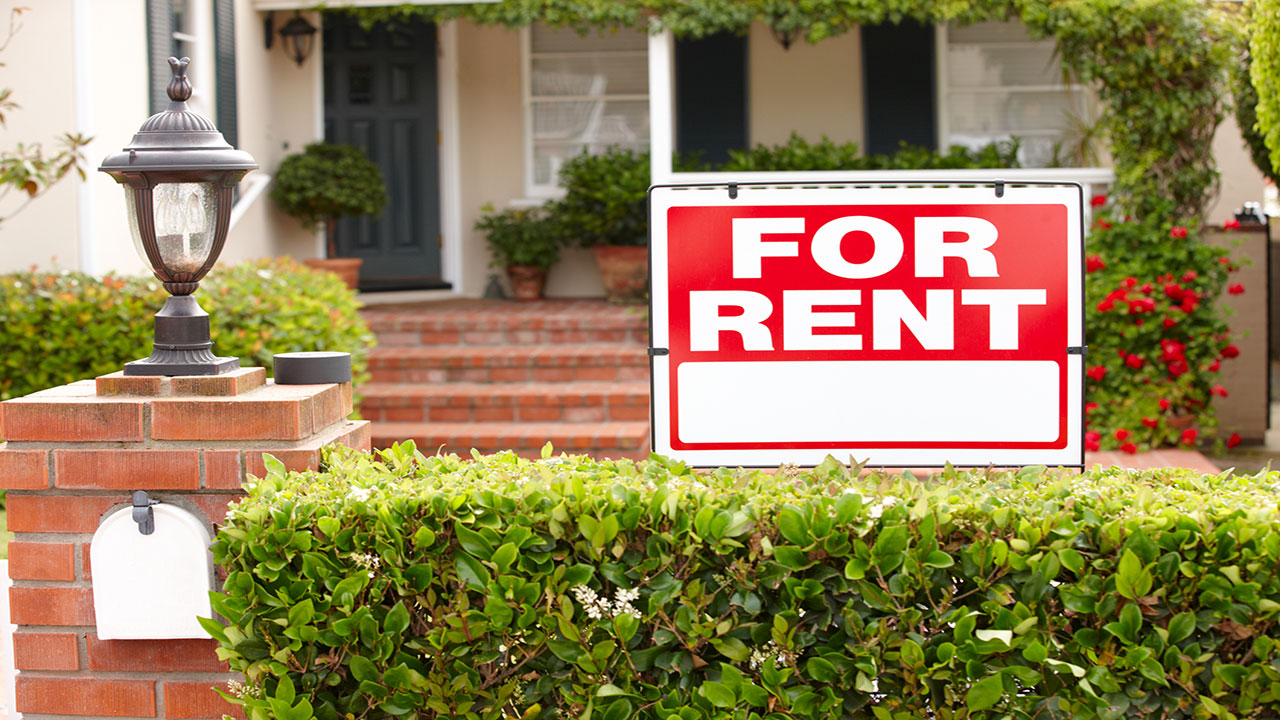
A lease is a crucial component of renting real estate and is meant to ensure that both the landlord and tenant uphold their promises in the landlord-tenant relationship. As a landlord, you’ll definitely want to to be picky when it comes to who you choose to rent your unit out to. After all, a bad tenant can cause nothing but headaches and negatively impact your bottom line.
That said, a sound lease is an essential part of the puzzle and will help ensure that your tenant is up to speed on what is expected of them. That way, you have legal recourse with a written lease in hand if the tenant ends up breaching the contract.
When drafting up your lease, make sure the following items are included.
1. Names of All Tenants
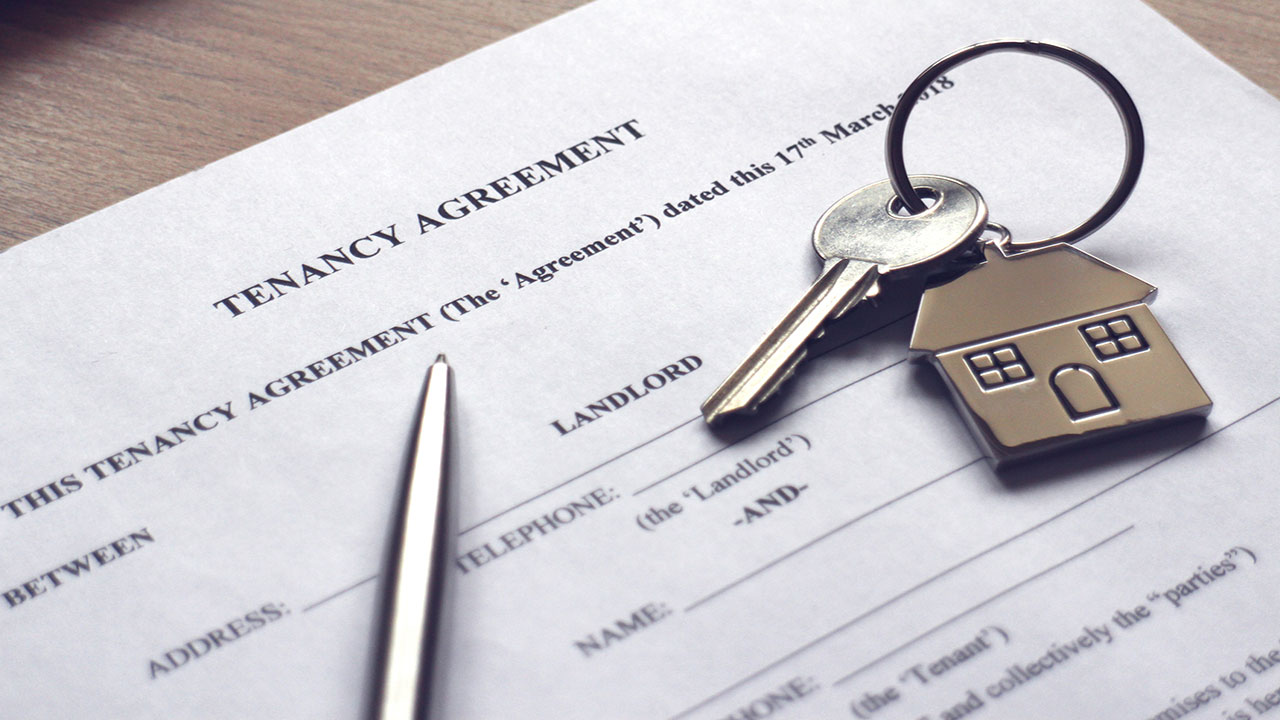
The name of every adult who will be living in your unit will need to be included in your lease. The reason is that each person who lives there is equally responsible for all terms of the lease, including taking care of the place and paying rent on time. As a landlord, you have the right to go after any one of the named individuals stipulated in the lease should a problem ever occur.
2. Security Deposit Clause
As a landlord in California, you are allowed to ask for a security deposit to cover the costs associated with any damage incurred by the tenant. This amount can be the equivalent of two months’ rent for unfurnished properties or three months’ rent for furnished units. If the tenant has a waterbed (which is highly unlikely these days), you can tack on another half month’s rent on top of it.
3. Term of Tenancy

The standard lease term is usually an initial 12-month fixed-term, which means the tenant is responsible for paying rent for at least 12 months, after which the lease can be renewed or terminated by either party. Once this 12-month period is up, the lease usually takes the form of a month-to-month lease, unless other arrangements are made and another agreement is established.
That said, landlords and tenants can come up with their own unique lease term, as long as they both agree to it and sign off on it.
4. Start and End Dates
The date that the lease takes effect and when it expires should be clearly detailed in the lease contract. This will inform the tenant when they are expected to start paying rent and caring for the property and how long they will be required to uphold the terms of the lease.
5. Responsibility For Repairs
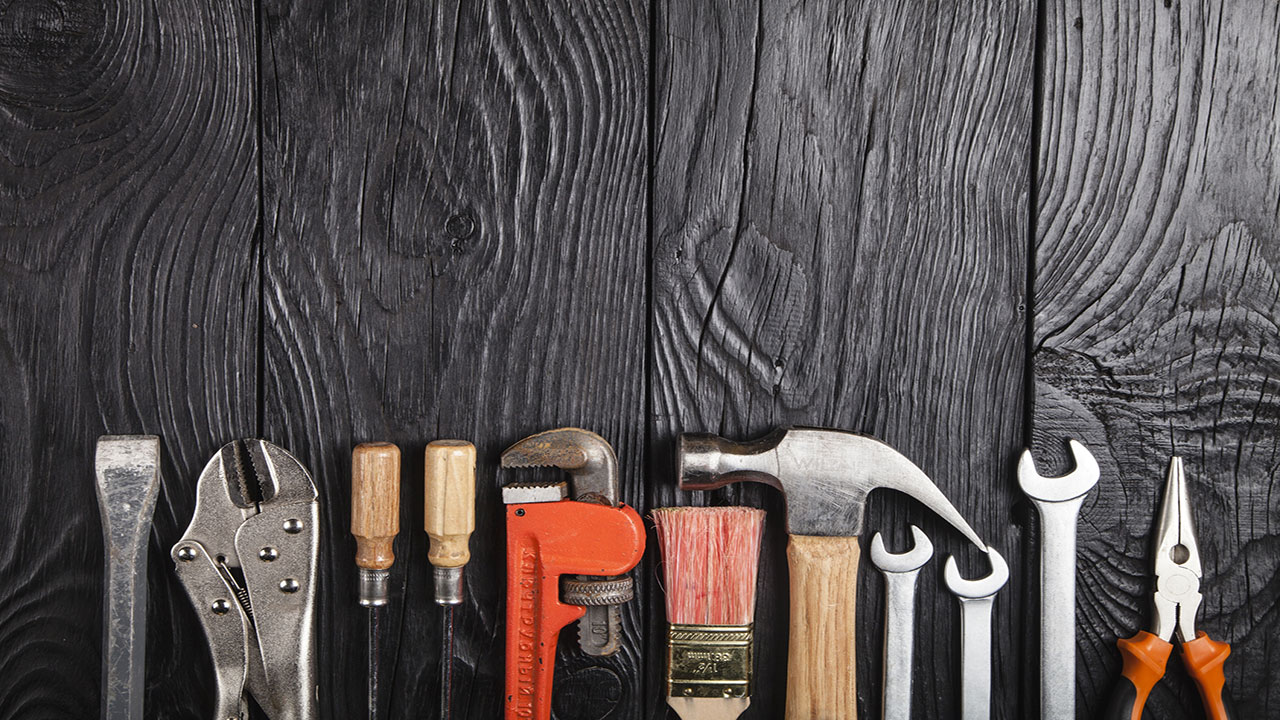
Who will be responsible for all repairs and maintenance? Maybe certain tasks will be handled by yourself, while others will be the responsibility of the tenant. Regardless, all repair and maintenance jobs should be clearly outlined, along with who is obligated to handle them.
A typical lease usually requires the tenant to keep the unit clean and cover the cost of any damage incurred by the tenant. If the property in question is a home, the tenant may also be responsible for cutting the grass and watering the lawn. Regardless of what you want your tenant to take care of, it should be clearly outlined in the release.
6. Rent Amount
Obviously, the rent amount will need to be included in the contract, along with when the rent is due (such as on the first of the month), and how it should be paid. You should also include information about late fees if the tenant misses the due date, as well as any charges associated with bounced checks for insufficient funds.
7. How You May Enter the Property
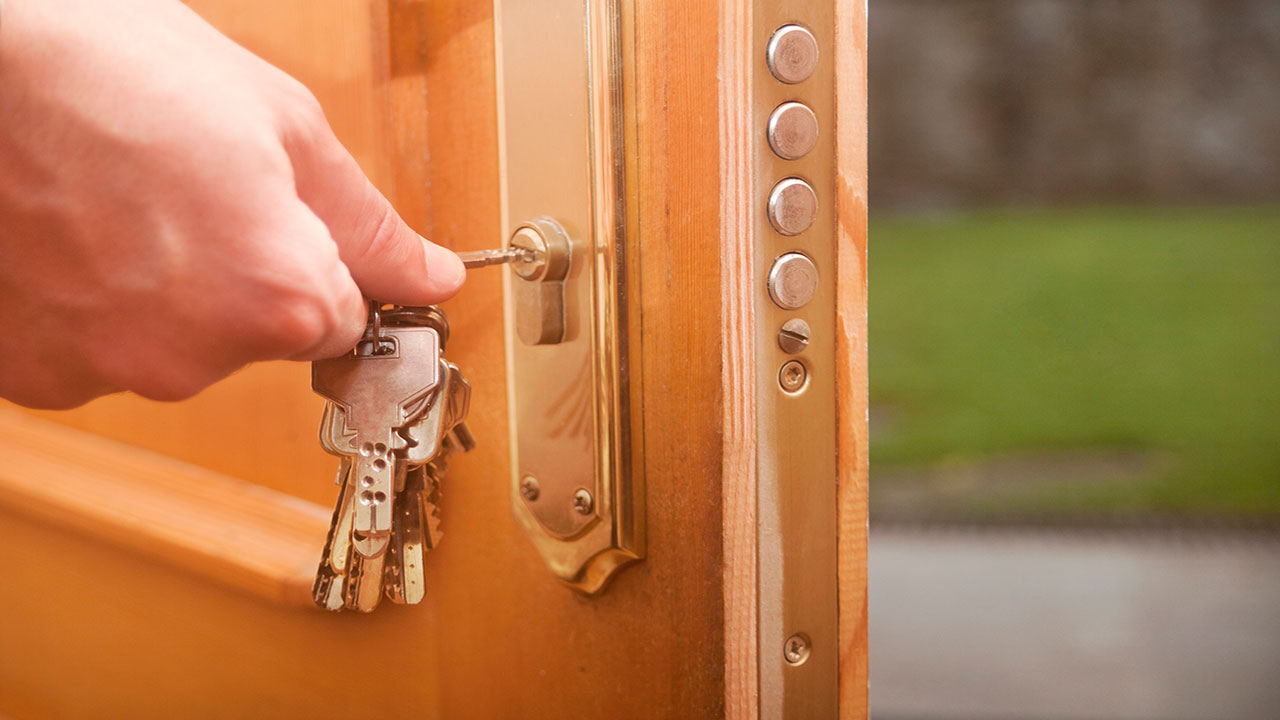
Tenants are entitled to privacy when they rent, which means you cannot barge into the premises whenever you feel like it, even though you’re the rightful owner. In order to protect yourself against any complaints from your tenant, make sure to outline your rights to access the property for reasons such as making repairs and showing the property to prospective buyers, and stipulate the amount of notice you will provide for such visits.
8. Pets
If you are open to allowing pets to live on the premises, the lease should specify any restrictions you may have, such as the number, type, and size of pets. It should also specify a requirement that the property will be free of pet waste. If you do not want any pets living on your property, your lease will have to specify a “no pets” policy, which is allowed in the state of California.
As a landlord, you have the right to reject applicants with a pet – or even just a specific type of pet. You can even evict a tenant who brings a pet to live on the property after having signed a lease that specifically states no pets allowed.
9. What the Tenant Can and Cannot Do
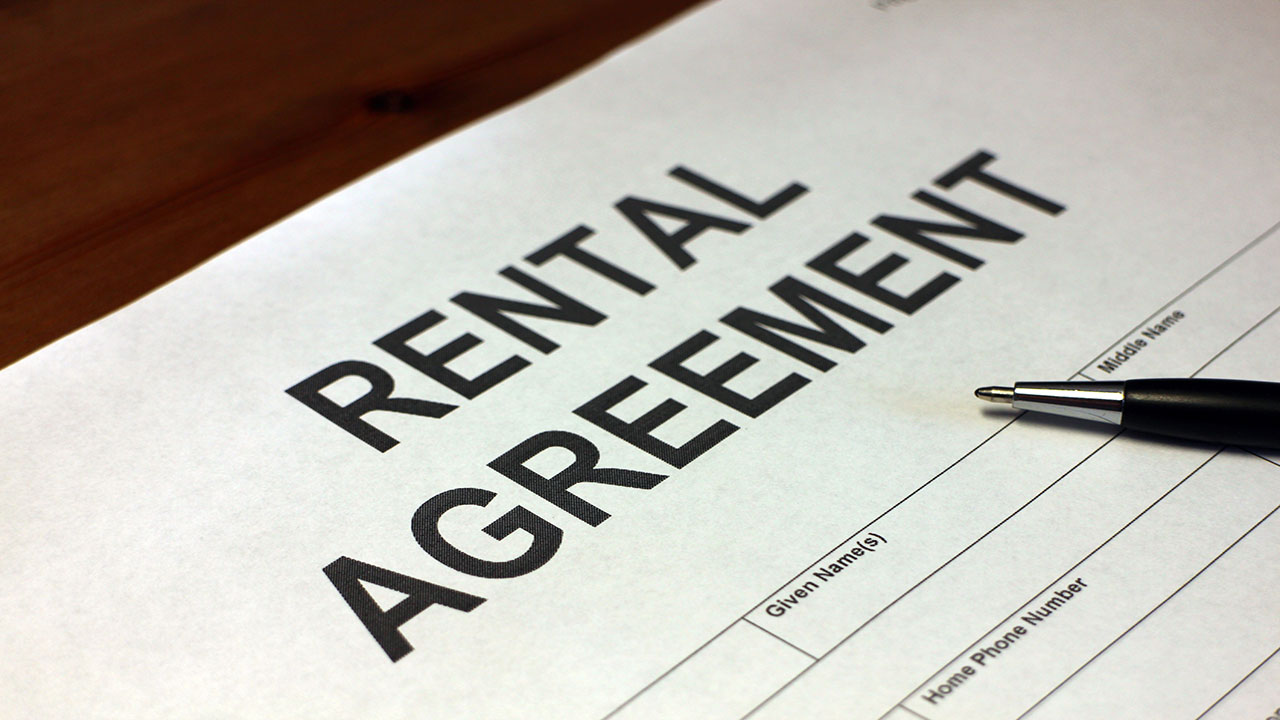
Your tenant will need to be clear on what is expected of them while they are living in your unit. If such behavior is discovered, your lease should also specify how the tenant will be dealt with. Whether it’s being excessively noisy, causing a disturbance in the neighborhood, causing damage to the property, or conducting illegal activity – such as dealing drugs or gambling – the lease should include a clause that strictly prohibits such behavior.
The Bottom Line
A lease is a binding contract, so you want to be sure that both you and your tenant are agreeing to a deal that has both your interests in mind. After carefully screening applicants for your property and choosing the one you feel is the right fit, you’ll still want to cover your back by ensuring they keep their end of the bargain, and a solid lease is the best way to do that.
What is a “Proof of Funds” Letter in a Real Estate Purchase?
/in Uncategorised /by admin
If you were selling your home, would you want to be absolutely certain that the buyers are able to secure a mortgage to make the real estate deal go through? Of course, you would, and that’s exactly what the purpose of a “proof of funds” letter is.
Understandably, the majority of sellers will want some assurance that buyers are financially capable of getting approved for a mortgage. Many sellers will go so far as to require proof of funds from buyers so that there is tangible evidence that the buyer actually has money for a deposit, down payment, and closing costs for a mortgage.
While many buyers typically go into a real estate deal with a pre-approval letter in hand, sometimes that’s just not enough to ease a seller’s concerns. Even buyers who promise an all-cash deal will often be required to come up with proof of funds. In fact, a proof of funds is almost always requested from sellers in cases like these.
What Exactly is “Proof of Funds”?

Basically, proof of funds is a document that stipulates that a buyer is financially capable of securing a mortgage or has the funds necessary to make an all-cash purchase in a real estate transaction. Generally, such documentation is a bank statement that is verified by a loan officer or the seller and listing agent. Even if funds are apparently available, a proof of funds document will show that the money will be accessible and ready to be used to fund the purchase.
Proof of Funds For All-Cash Deals

They don’t happen all the time, but all-cash deals involve the purchase of a property with no mortgage required. Since the buyer is promising to cover the full purchase price in cash, there’s no need for the buyer to take out a mortgage.
While this might sound like the perfect scenario, there is still the possibility that the buyer is unable to come up with all the funds necessary to cover the transaction, even though the promise to pay in all-cash was made at the negotiating table. But unless the buyer has all the money they need to pay for the house in full in liquid cash, the buyer really cannot be considered an all-cash buyer until such money is available in liquid form.
For instance, buyers might have assets that add up to more than the purchase price of a home, but the money isn’t necessarily readily available. Buyers might have stocks, mutual funds, or bonds that are worth quite a bit of money, but such funds might not be accessible in time to allow a real estate transaction close. In addition, some “all-cash” buyers might be those who are borrowing the money from a family member or are waiting for the sale of another property to close before the funds are made available. Further, the buyer might be using money from a retirement account or security fund to purchase the home.
Regardless of which category the buyer falls under, the money they need to close on a deal is not always readily accessible until the cash is in their hands. In these cases, it makes sense for sellers to request proof of funds in order to ensure the money will be available for a timely closing on a real estate transaction.
Even if the money needed to make an all-cash purchase is available, a proof of funds might also help determine whether or not such funds are legitimate and not fraudulently sourced.
Proof of Funds for Down Payments

Traditional real estate transactions typically involve the approval of a mortgage to help finance the deal. Real estate is expensive and not every American has all the money in their bank account needed to cover the entire purchase price of a home. That’s the whole purpose of a mortgage.
But mortgages still require some amount of money upfront that buyers are responsible for coming up with. Down payments are part and parcel of mortgages, and the bigger the down payment, the better. In addition to the earnest deposit and closing costs required for a mortgage, the down payment makes up a big part of the mortgage approval process.
Ideally, the money that buyers put forth to cover a down payment should be easily traceable. There should be a legitimate paper trail associated with the money used to be put towards a down payment. If the buyer suddenly comes up with a stack of cash for a hefty down payment, the seller might wonder where that money came from.
The Bottom Line
Whether the proof of funds is meant to provide evidence that the buyer has the money for a down payment or an all-cash purchase, the idea is essentially the same. The buyer will need to submit a document to the seller that the money is readily available and can be easily traced to a legitimate source if such documentation is requested by the seller.
What to Look For When Buying a Flipped Property
/in Uncategorised /by admin
There are a lot of real estate investors out there looking to make some good money fixing and flipping houses. And if you’ve been watching your favorite programs on HGTV and the like, you may have noticed that flipping houses for a profit is big business.
But while all of these real estate investors are making a decent income flipping houses, there are also buyers on the other end of the transaction that are feeding their pockets. As a buyer, buying a flipped home can certainly be a good thing since there is usually nothing that needs to be done to fix up the property. But you might want to verify whether or not the work done on a flipped house has been done properly before you make a purchase.
Here are some things to look for if the house you’re interested in is a flipped property.
Shoddy Electrical Work
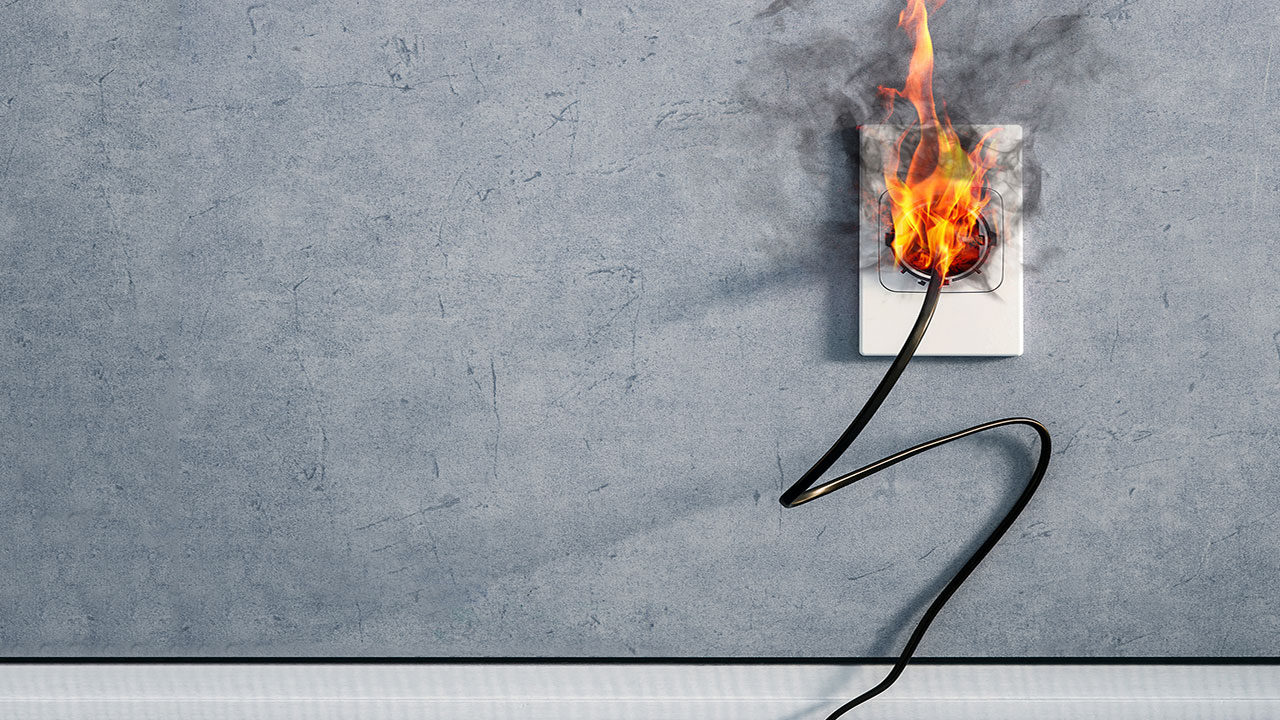
Many flippers tend to focus solely on aesthetics and cosmetic updates without paying much attention to the important fundamentals that aren’t readily seen. One of these components is the electrical wiring. But sometimes flippers can take shortcuts in order to make a quick profit and ignore current safety codes regarding electrical wiring and panels.
Many flippers will do their own wiring in order to avoid having to pay a professional electrician to do the work, so one of your jobs is to scope out the home’s electrical wiring and breaker system to make sure it is adequate enough to power up all the appliances and systems in the home.
Also, check for shoddy wiring that could pose a fire hazard. Your home inspector may be able to spot these issues. If not, you may want to have an electrician join in on the home inspection to determine what condition the home’s electrical system is in before buying.
Doors and Windows That Don’t Open and Close Properly
Look at all doors and windows throughout the home and make sure that they open and close properly and latch securely. As far as opening and closing are concerned, any issues could potentially be with the settling of the foundation after all work has been completed. But, it could also be the result of shortcuts taken by the flipper or contractor.
In this case, the door or window may have been replaced with a new model, but the existing jamb may have been ignored. Ideally, replacing the door and jamb together makes more sense to ensure that everything fits as it should. If not, finding an exact door size to fit the existing jamb can be really tough, and you’ll notice it when the doors don’t open and close very easily.
The HVAC System is in Rough Shape
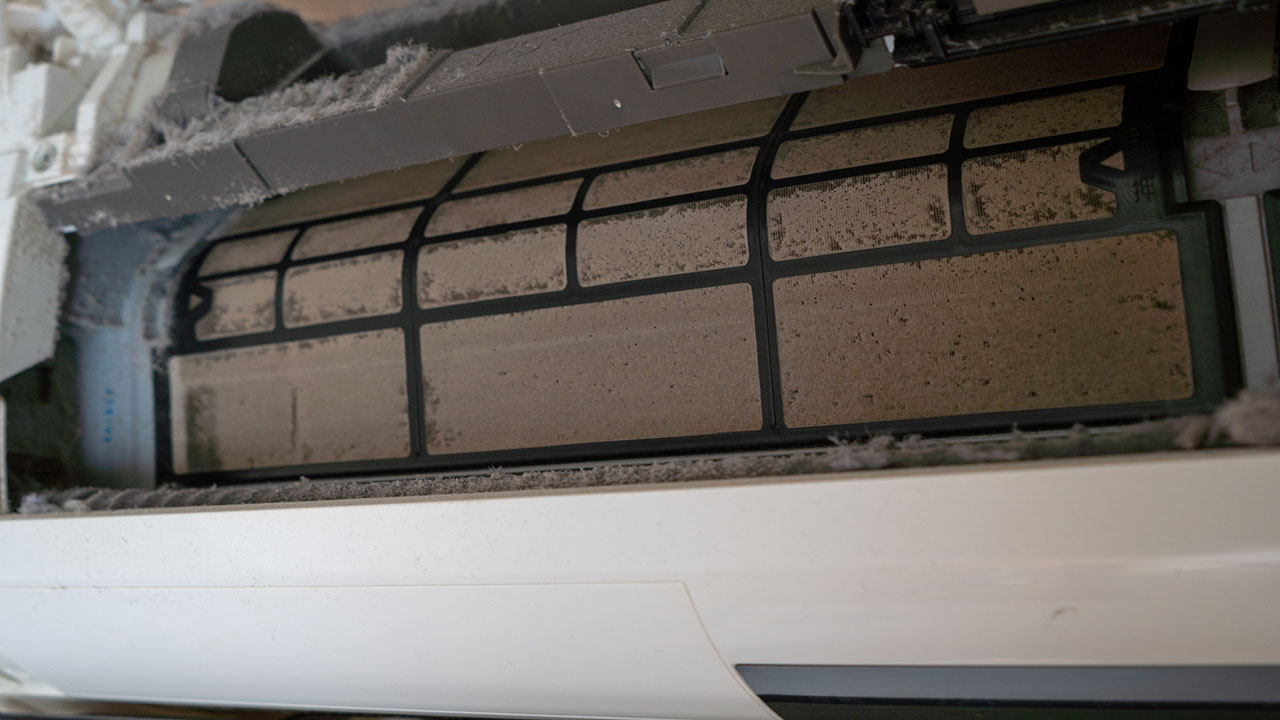
A home’s heating, ventilating and air conditioning (HVAC) system is a crucial component to ensuring that the interior air and temperature is comfortable for all inhabitants. But an HVAC system can take a beating during extended times of construction with all the dust and debris flying around. This not only makes a mess but can also damage the system.
One way to see if the system has been cleaned up is to find out if the fans of the HVAC system components are covered in dust. If so, the internal components of the furnace and air conditioner will likely be covered in dust as well, which can not only compromise how well the system operates and damage the appliances but can also pose a health hazard. In this case, the system and its components should be professionally cleaned.
Some flippers may even make it appear as though the HVAC system is new. You can verify whether or not this is true by turning the system on to see how it works. If it takes a while for the system to do its job or you hear strange noises as the system powers up or shuts down, it probably has not been updated. In this case, you might want to know more about any improvements that have or have not been made aside from cosmetic changes.
Bad Plumbing
Like shoddy electrical wiring, bad plumbing is also a possible factor in a flipped home if the work was done by an inexperienced person or was ignored completely. While an issue with the plumbing might not necessarily be noticeable right off the bat, there could be problems lurking in the background that will rear their ugly head at some point in the near future in the form of weak water flow and even water back-ups.
The kitchen and bathroom might look amazing thanks to the myriad of cosmetic updates completed, but piping underneath the sinks might not be configured properly. To protect yourself, take a good look at the pipes under all sinks.
A solid plumbing job should not involve some new plumbing integrated with old pipes. If the plumbing requires updating, the entire system should be replaced. If it’s only been patched up, you could be facing a major problem at some point. Before you buy, bring in a plumber to inspect the home first.
Sellers Who Are Not Entirely Forthcoming of Improvements

Ideally, all buyers should be made aware of all improvements and updates that were done to a home from its original construction. That way they can do the necessary inspections to identify whether or not such updates were done properly and to code. But if the seller doesn’t seem to be entirely clear about what improvements have been made, you could be walking into a problem.
A detailed list of all updates done to the home should be provided by the seller, as well as the dates when such improvements were made. You might even want to get copies of receipts and permits for the work done to further protect yourself. As a buyer, you would be well advised to request such disclosures from the seller and get him or her to sign off on it.
No Permits Are Available
When it comes to making improvements in a home, anything more than a paint job and a few small repairs will probably need a permit in order for the work to be done legally. Some home flippers and contractors might skip the permit process in order to save time and money, but doing so could translate into work that’s not done to par.
Without the necessary permits, you could find yourself in the position of having to prove that everything is up to par with the new owner of the property. Before you buy the home, make sure you request copies of permits for work done on the home. If no permits are available, that could be a red flag. If they are available, compare them with any improvements that have been made to make sure there are no differences.
The Bottom Line
Buying a flipped home usually shouldn’t be a problem as long as you cover all your tracks. While the home may appear turn-key and require nothing more than furnishing and decorating, there could be issues with the work that was done to make the home pretty enough to attract buyers like you. And as always, arm yourself with a team of professionals like a home inspector and real estate agent to help make sure the home you choose is up to snuff.
How Long is the Escrow Process?
/in Uncategorised /by admin
You’ve found a home you love, put in an offer, and the seller accepted it. That’s half the battle, but the process isn’t yet complete. There are still some hoops to jump through in order for the deal to close.
The time between offer acceptance and the actual closing date is referred to as the “escrow” process, and many important events typically happen during this time.
The reason for escrow is to ensure that a real estate transaction closes successfully, and in order for that to happen, an escrow company or representative is typically entrusted to handle the deed of the property and the monies involved in the transaction.
Clearly, escrow is very important in a real estate deal. The question is, how long does it take to complete?
How Long Does it Take to Close Escrow?

The real estate escrow process can range a great deal depending on what steps are involved in the deal and how long each step takes. That said, escrow usually takes anywhere between 30 to 40 days.
It can take a lot longer if there are any hiccups in the process, or it can be much faster if some steps are not involved or if everything goes very smoothly.
Generally speaking, escrow involves a number of steps that all play a role in how long escrow will take. These include the following:
Home inspection – Inspections are usually recommended to buyers and are included as a contingency in real estate contracts. This gives buyers the chance to have the home inspected in great detail to see if there are any issues that were not noticed before. If any major problems are identified, this can cause a delay in escrow, especially if the problems are so significant that they take a long time to be rectified before closing can occur.
Appraisal – Lenders will want to have a property appraised to ensure the purchase price agreed upon is in line with the current market. Usually, appraisals come back at or around the purchase price.
Sometimes, however, appraisals come in low, which means the purchase price is higher than the value that the market dictates. If this happens, the lender might refuse to extend the originally requested loan amount, leaving buyers left to either renegotiate a lower price with the seller, come up with the difference, or walk away from the deal altogether, all of which can either delay or quash closing.
Mortgage approval – Appraisals are just one factor that impacts whether or not a mortgage will be approved. Other factors can also come into play. For instance, if the borrower suddenly changes jobs or takes out additional loans, these actions can throw a wrench in the mortgage approval process. In these cases, the process might have to start all over so that approval is based on the borrower’s net income and debt load.
Title search – Buyers will want to make sure that the title is clear of any clouds which could interfere with a successful real estate transaction. In most cases, the title search comes back clean, but instances do happen where liens, encumbrances and undisclosed heirs are identified that were not previously known about. Such issues will need to be dealt with prior to closing. In this case, escrow can be dragged out a little longer.
Document preparation – Specific paperwork will need to be prepared by the lender in regards to the mortgage. Such paperwork is then handed over to the escrow company who will assign an agent to check them over, along with other documentation, to make sure everything is ready for closing. If there is a discrepancy in the documentation, this could cause a delay. Not only that, the escrow company itself might have a backlog of work, which can also contribute to a lengthened escrow period.
While delays can certainly happen, the process can also be a lot faster in some cases. For instance, there are some instances where home inspections and mortgage financing are not part of the equation with all-cash homes purchases from investors who plan to tear down the home and rebuild a new one. In this case, escrow would likely not take very long because a couple of crucial steps have been eliminated.
In the majority of cases, however, escrow is most often closed within the originally stipulated time period that is outlined in the real estate contract. Delays only usually happen if there are unusual or unforeseen situations that were not anticipated. In some cases, a long, drawn-out escrow period can delay closing and may even lead to an unsuccessful deal.
The Bottom Line
The average escrow process takes approximately one month to complete. That said, there may be situations where the process can take longer or shorter. Buyers would be well advised to stay in touch with their mortgage broker and real estate agent who will be in contact with the escrow company. If there are any issues, the escrow company will inform your agent or mortgage broker to keep you in the loop.

